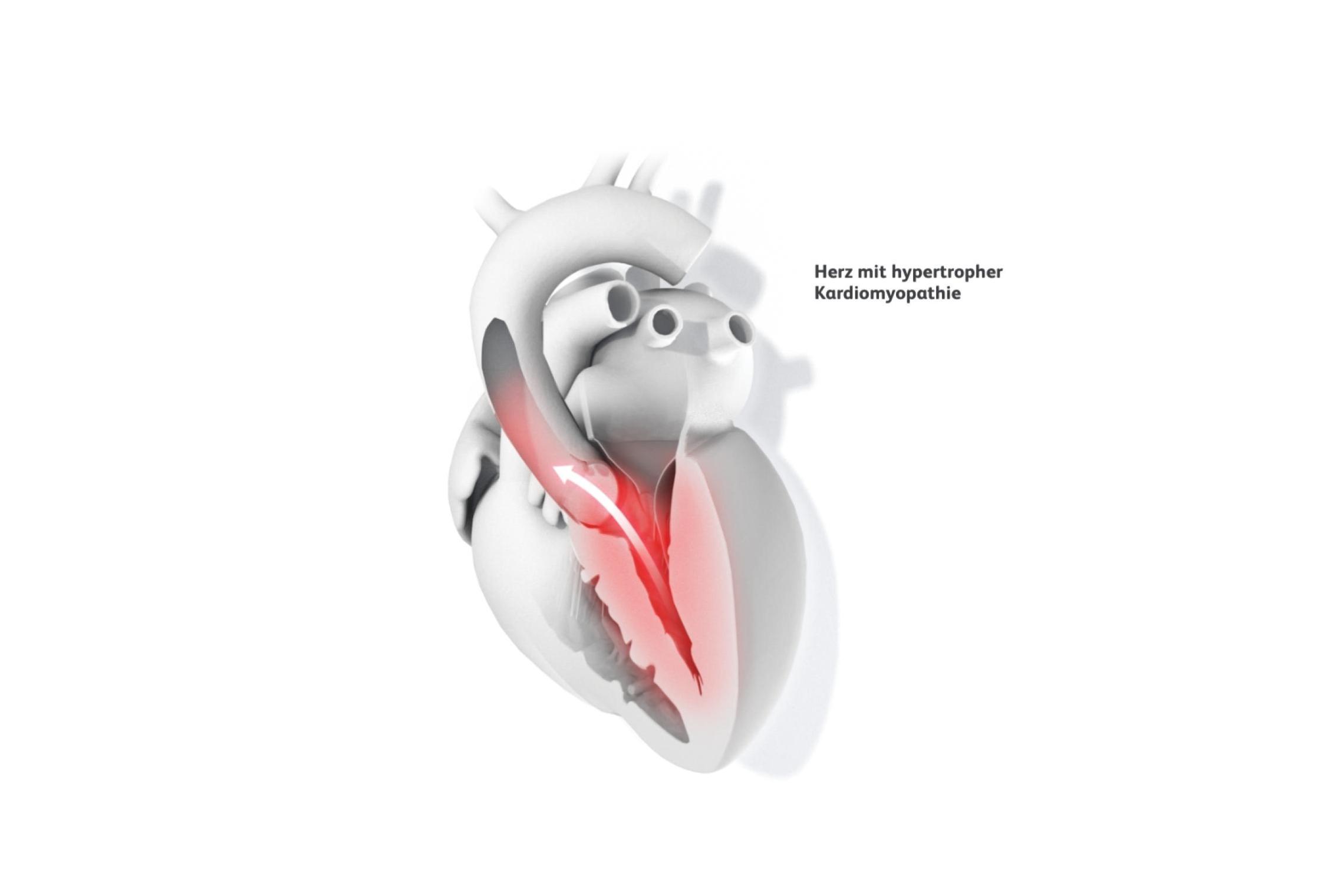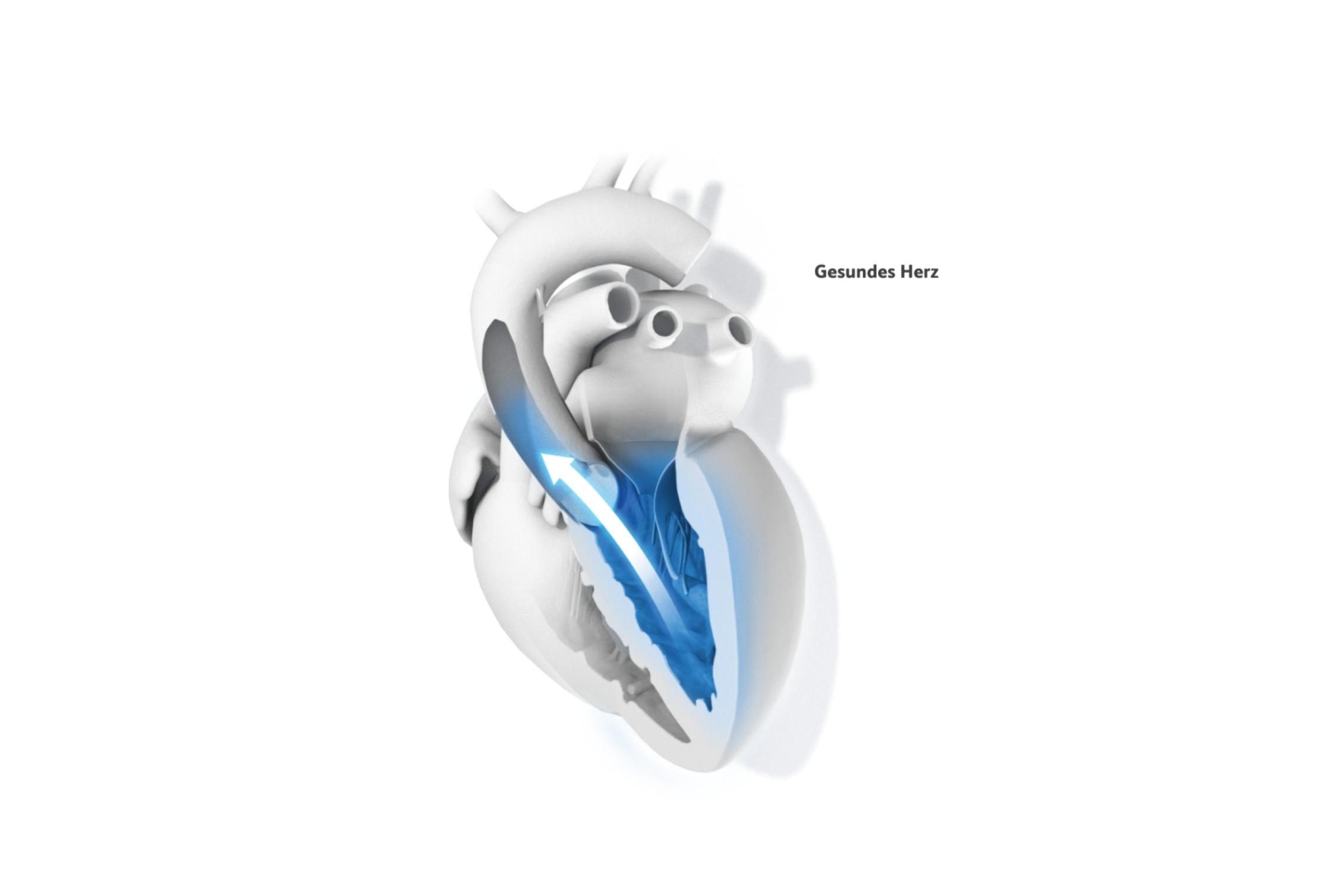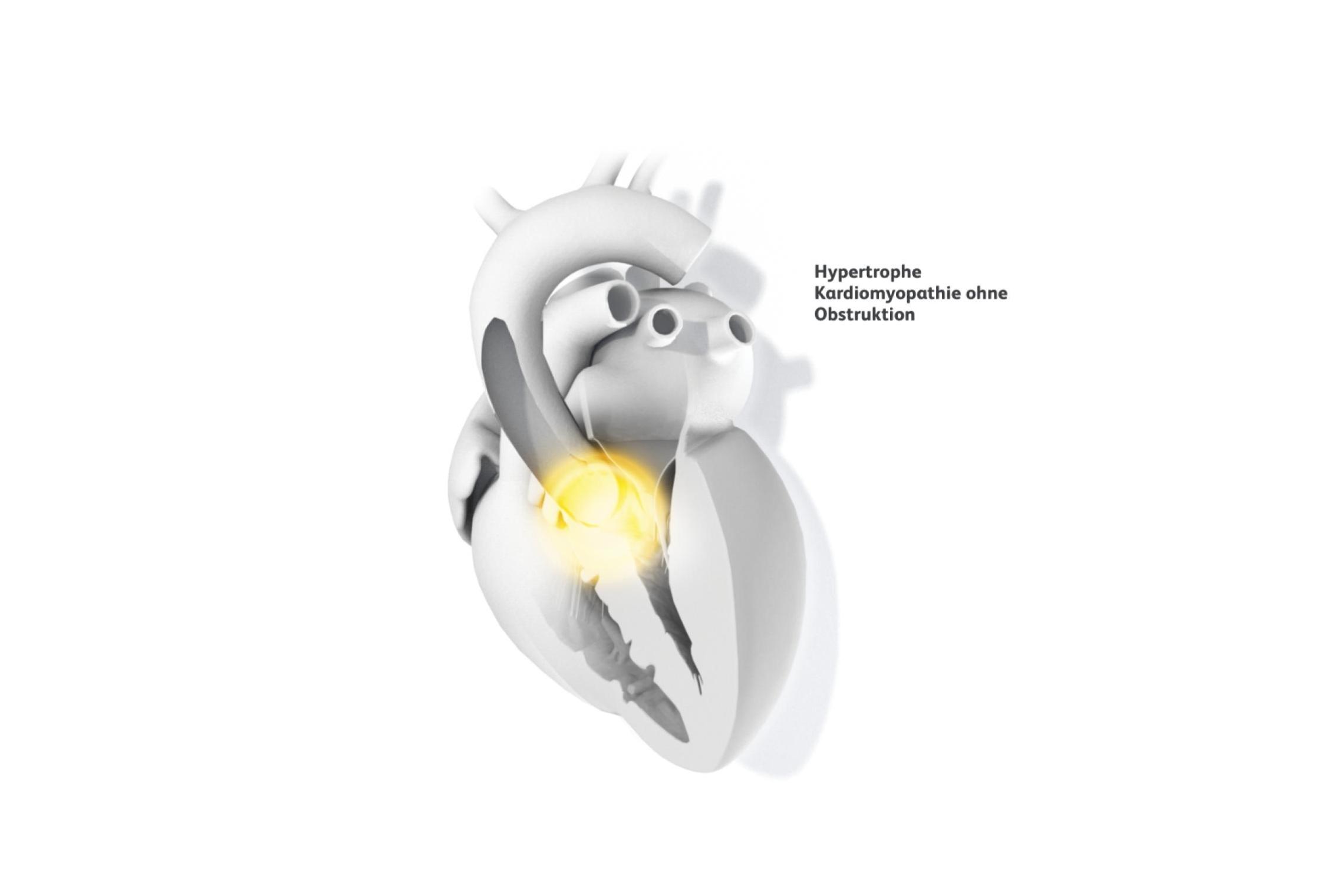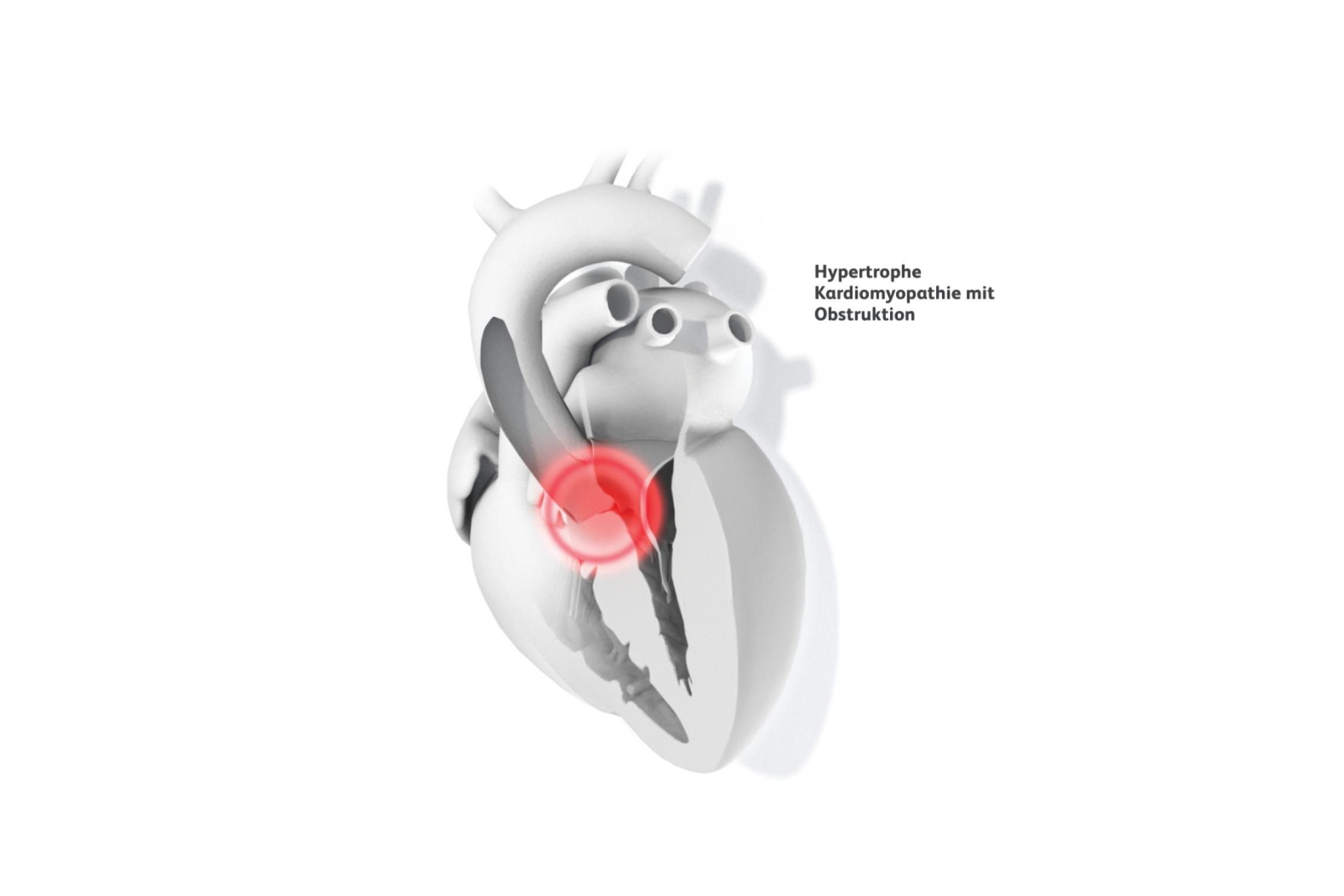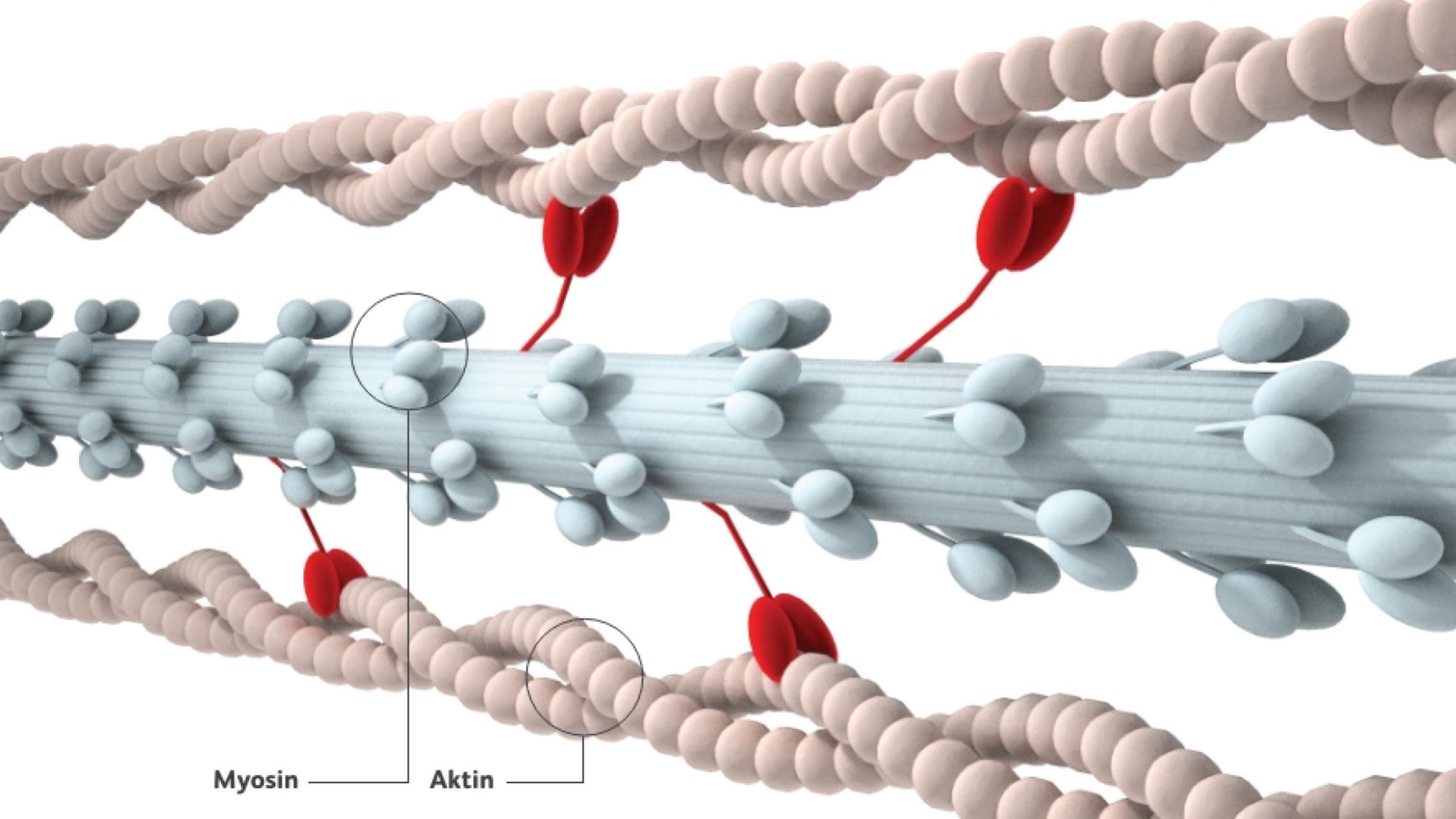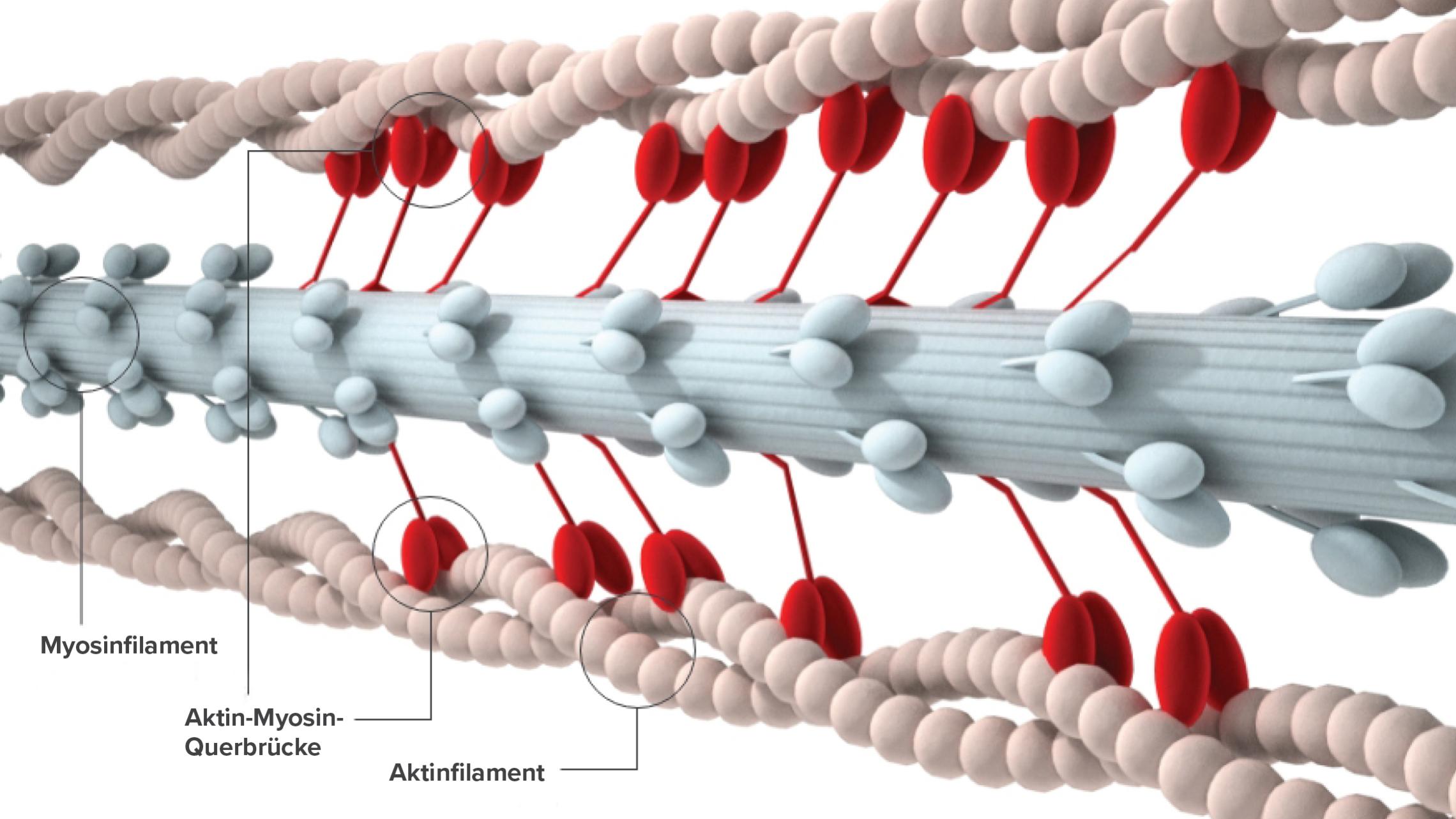Prävalenz
Die Prävalenz der HCM ist höher als allgemein angenommen. Obwohl sie die häufigste erbliche kardiale Erkrankung ist, wird die HCM bei vielen Menschen erst spät oder gar nicht erkannt bzw. diagnostiziert.Semsarian C, Ingles J, Maron MS, Maron BJ. New perspectives on the prevalence of hypertrophic cardiomyopathy. J Am Coll Cardiol. 2015;65(12):1249 – 1254. Garfinkel AC, Seidman JG, Seidman CE. Genetic pathogenesis of hypertrophic and dilated cardiomyopathy. Heart Fail Clin. 2018;14(2):139 – 146. Maron BJ, Rowin EJ, Maron MS. Global burden of hypertrophic cardiomyopathy. JACC Heart Fail. 2018;6(5):376 – 378.







